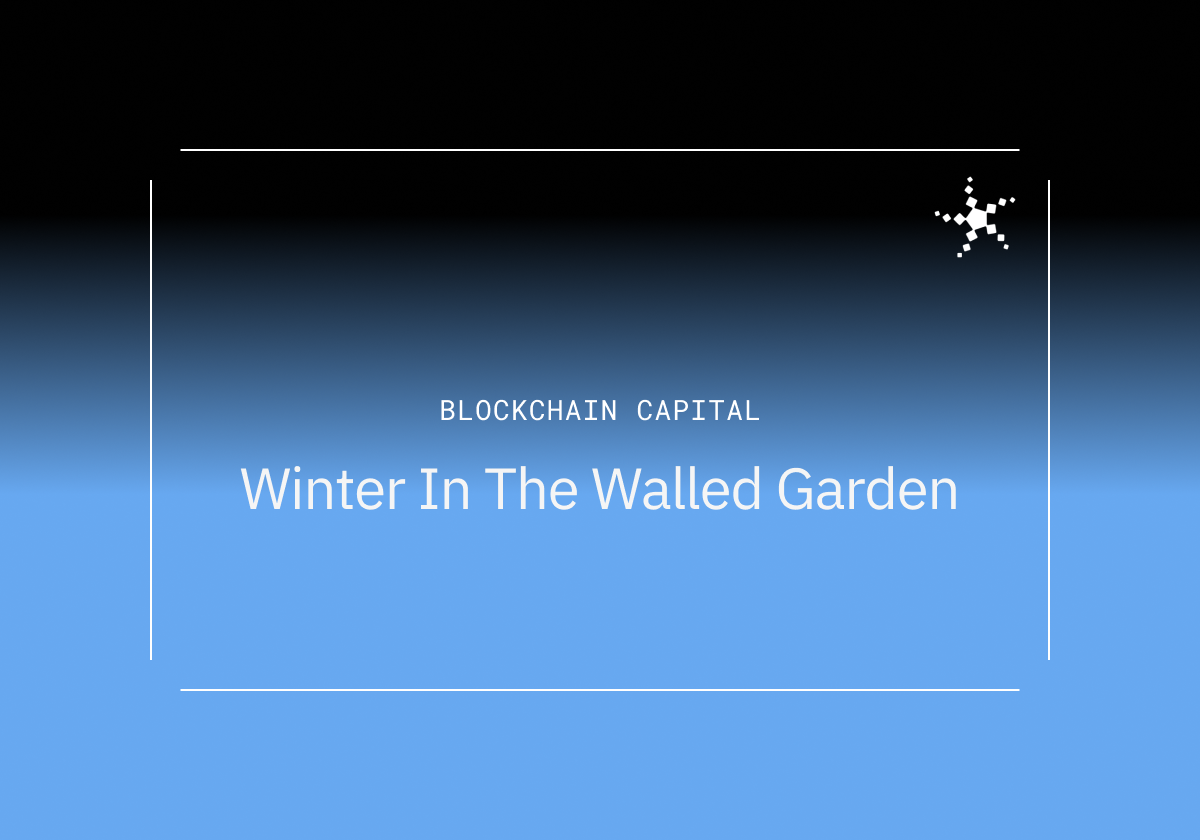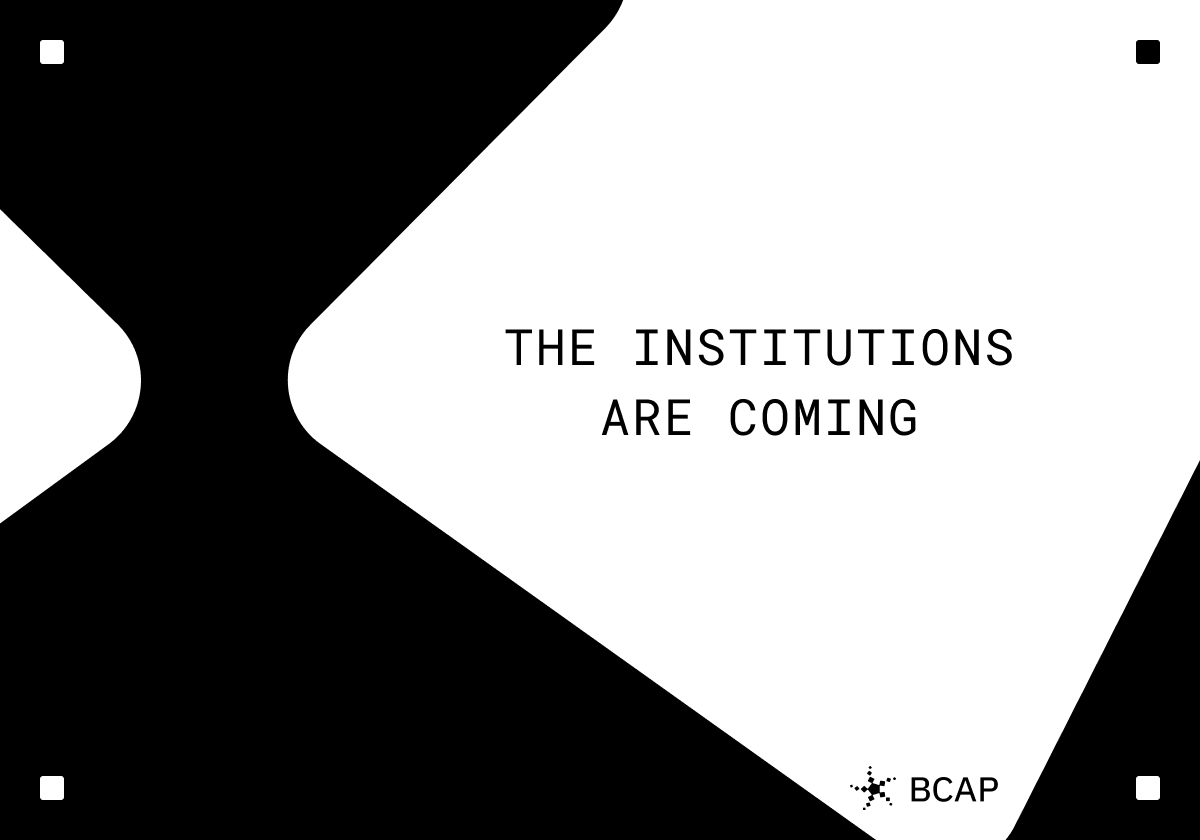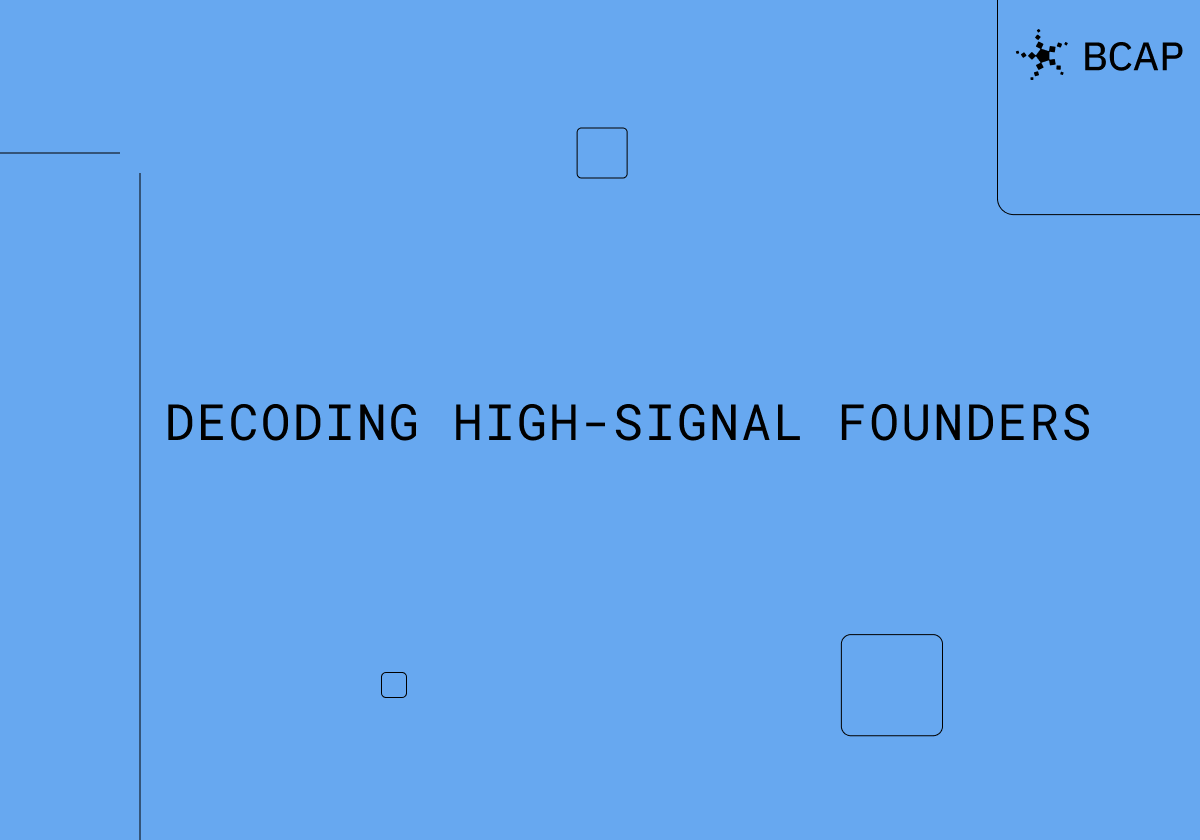
Abundance Will Scale NFTs to the Masses
From scarcity to abundance
The first true era of NFTs (circa 2020-22) was defined by scarcity. Early adopters raced to acquire these assets, driven by the allure of exclusivity and potential price appreciation. This model mirrored the initial stages of other digital products like music and eBooks, where scarcity was artificially maintained before the market evolved towards more accessible and abundant distribution.
During the rise of NFTs, blockspace was limited, transaction fees were costly, and access to collections was ruled by insiders. Today, however, many of these constraints no longer exist. NFTs, by digitally encoding an object’s origin, its creator, and the time-stamped history of its owners, are able to form a unique identity. With this framing, we can move beyond NFTs as scarce objects into assets that capture digital provenance and context over their “digital life.”
Scarcity isn’t a requirement for valuing NFTs; instead, we posit that the next generation of NFTs will be valued through their abundance—be it millions of mints, thousands of remixes, or the proliferation of a song.
Today's digital status symbols include followers, likes, and comments. In the next wave of digital value accrual, minting will play a critical role. Once you mint an NFT, you become an owner of that digital object. Millions of mints can make an NFT more valuable, as it signifies widespread recognition of the associated idea or content. From there, the post-mint relationship can evolve in various forms—whether through utility, intra community scarcity, or loyalty. In a previous world, scarcity bred speculation. Now, we hope abundance breeds utilization.
NFTs as a unit of ownership
Across all forms of social media, conversion of an audience to paid participation is the ultimate goal. Take Instagram as an example—creators build an audience through short form video, images, and commenting. However, the true value of that audience is determined by ownership—whether that is purchasing recommended products or buying influencer products. NFTs represent a unit of ownership. By minting an NFT, you are showcasing support much stronger than a like or a follow, by actually buying into a community or idea.
Upon minting, there can be a variety of ways to derive value. In gaming, an NFT character could gain value as players have success using that character. For creators, limitless NFT mints can represent a membership pass to a community. On-chain data across a variety of use cases - whether it’s music, art, or games, ultimately becomes more powerful when abundant in its application.
Where is this already happening?
As we look across creator-focused NFT platforms like OpenSea, Zora and DrIP, the focus is shifting. They are no longer places to purely trade digital assets, but for democratized access to creation and personalized forms of distribution.
In an effort to expand the number of NFT creators and collectors, Zora is making it as easy as possible to mint, collect, and remix digital work. Earlier this year, they launched an L2 to enable scalable and cheaper NFTs. On the platform, open edition mints are free (or close to it), and minting isn’t a way to lay claim to a scarce resource while expecting the price to rise, but rather a way to signal your support, interest, or taste. On OpenSea, creators are using collection pages to brand-build, rather than solely having a page of their available items and price stats. And DriP has been gaining a lot of popularity as a platform for creators to drop free NFTs to their fans in order to build loyalty and engagement. Rather than positioning the platform as a way to collect scarce NFTs, it allows fans to discover new artists and artists to reward their fans. Once you follow a particular artist, you’re officially an owner of the work they drop on the platform.
Artists are also experimenting with unique ways to extract utility from on-chain assets. For example, Grimes recently shared that she would split profits with any creator who used her AI voice. Within days, an NFT artist dropped a song on Sound.xyz as a cost-friendly mint that accumulated 5.5k collects. Half the proceeds from the mint were sent directly to Grimes’ ETH wallet.

In the past, it wouldn’t have been cost-effective or legally straightforward for a new artist to take Grimes' voice and apply it to dozens, perhaps hundreds of new sounds in this way. Remixes have historically been born in recording studios with contracts surrounding two sounds. But in this new era of participatory art, remixes are born with a simple NFT and a programmable tie to one another.
Another example, Titles.xyz, is a platform that allows artists to train an AI model on their artistic style. As people publish on-chain collections using these AI models, they are able to ensure attribution back to the original artist and split any earnings with them. The key unlock here is that the majority of the value is accrued post-mint. Similarly, Zora has introduced referral rewards where a collector can share a link to an NFT and take home an earning every time that NFT is minted from their link.
Mechanisms like programmable splits, referral rewards and minting fees, are low cost-ways for creators to accrue value that scale as the value of their work scales.
Looking ahead
As we look ahead to the next generation of NFT-enabled businesses and creators, we believe that abundance will be critical to providing utility. NFTs can be a tool for creators and businesses, where attribution and provenance is important but does not alone derive value. Instead, proliferation and abundance creates value, where millions of mints add up to a more valuable asset. Along the way, creators and end users can monetize NFTs as a tool for co-creation and expression on the internet. Akin to traditional consumer products, scarcity remains important for a select group of users, but abundance will scale NFTs to the masses. Digital assets offer a unique duality: they can embody both of these characteristics, and ultimately, the creator gets to decide what’s best.
Disclosures: Blockchain Capital is an investor in several of the protocols mentioned above. The views expressed in each blog post may be the personal views of each author and do not necessarily reflect the views of Blockchain Capital and its affiliates. Neither Blockchain Capital nor the author guarantees the accuracy, adequacy or completeness of information provided in each blog post. No representation or warranty, express or implied, is made or given by or on behalf of Blockchain Capital, the author or any other person as to the accuracy and completeness or fairness of the information contained in any blog post and no responsibility or liability is accepted for any such information. Nothing contained in each blog post constitutes investment, regulatory, legal, compliance or tax or other advice nor is it to be relied on in making an investment decision. Blog posts should not be viewed as current or past recommendations or solicitations of an offer to buy or sell any securities or to adopt any investment strategy. The blog posts may contain projections or other forward-looking statements, which are based on beliefs, assumptions and expectations that may change as a result of many possible events or factors. If a change occurs, actual results may vary materially from those expressed in the forward-looking statements. All forward-looking statements speak only as of the date such statements are made, and neither Blockchain Capital nor each author assumes any duty to update such statements except as required by law. To the extent that any documents, presentations or other materials produced, published or otherwise distributed by Blockchain Capital are referenced in any blog post, such materials should be read with careful attention to any disclaimers provided therein.
No Results Found.








.jpg)



.png)
.png)
